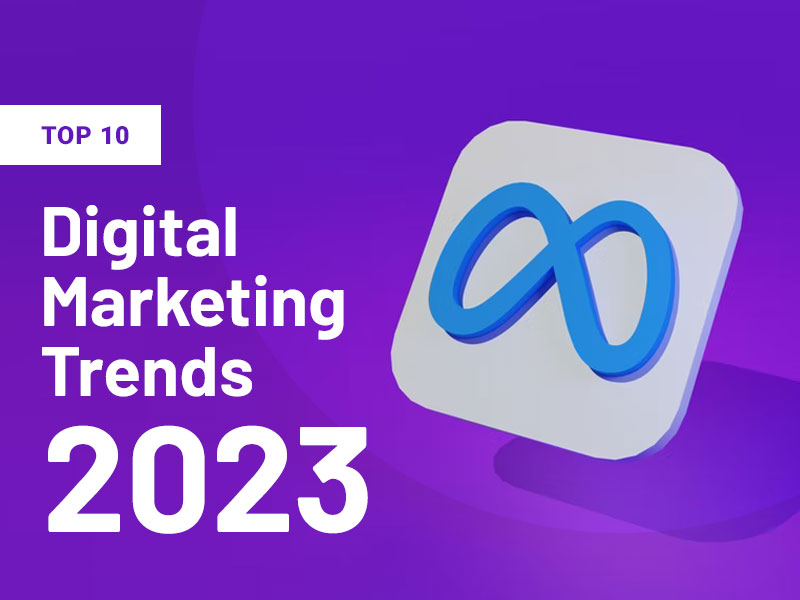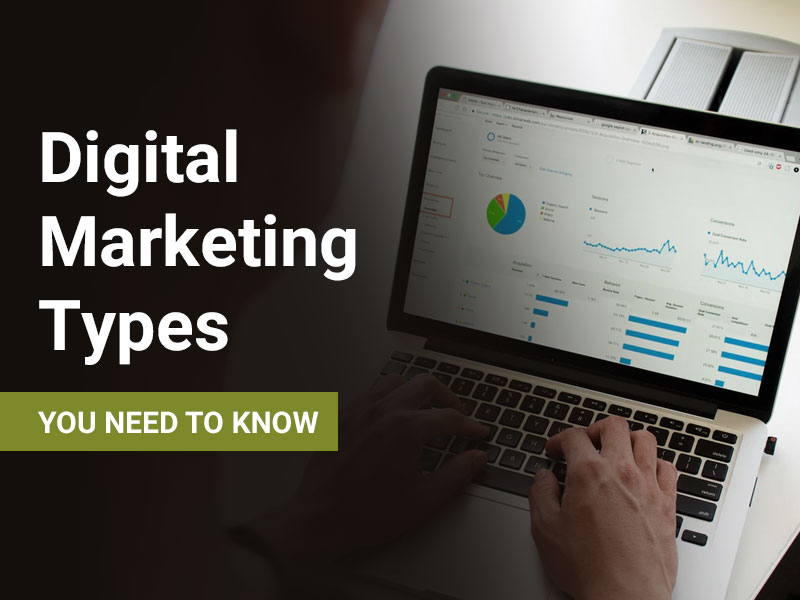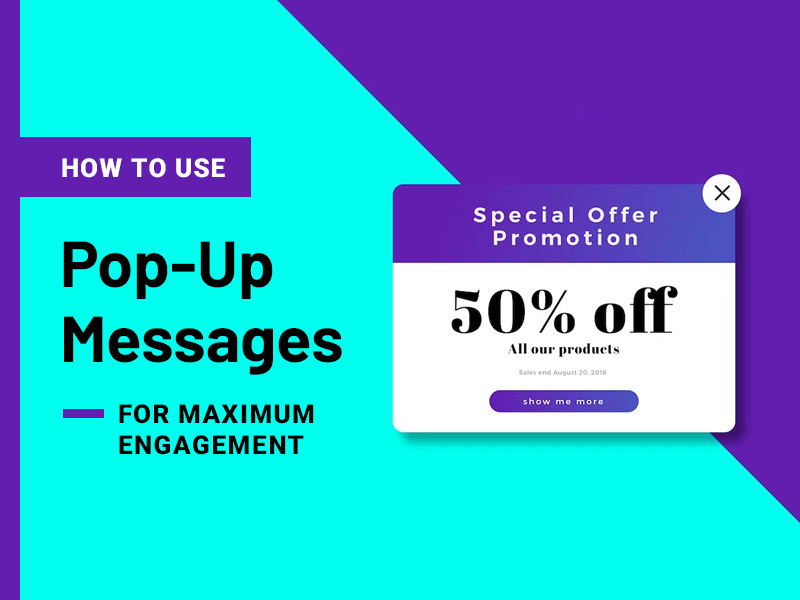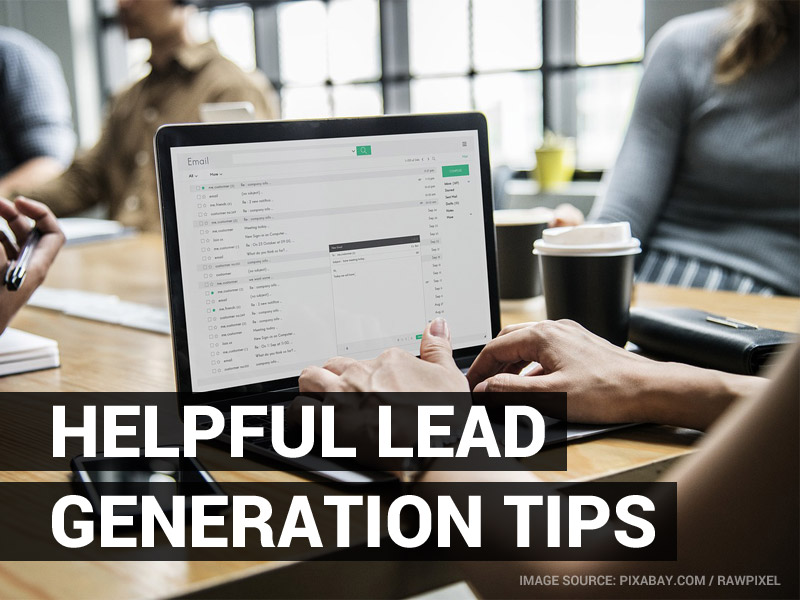Everyone loves music. It’s an essential part of our lives. It is estimated that the average person in the United States listens to about 26 hours of music per week. From hip hop to blues, rock, pop music, jazz, reggae, electronic, and so on, most people enjoy different genres of music.
Music has the power to create connections and memory. This presents marketers and entrepreneurs with a powerful way to reach their target audience and connect.
There is an art to incorporating music into your marketing efforts.
Done right, a brand is set for potentially massive growth.
Get it wrong and you risk pushing people far away from your brand.
After all, music creates memory and if your target audience doesn’t have a pleasant memory of the music you use, they are unlikely to do business with you.
That said, using music commercially isn’t as difficult as you may think. As long as you know what and what not to do, you’ll have no problem creating an effective marketing strategy that includes music.
Why Incorporate Music In Your Marketing
Music evokes emotion. It has the power to make you feel cheerful, solemn, nostalgic, energized, or relaxed.
By using the right music, you can evoke certain emotions from your target audience and create a connection between them and your brand.
Another reason to use music in your marketing efforts is to create a brand identity.
Thanks to digital marketing, competition between businesses is fiercer than ever with each brand trying to get its audience’s attention.
And music can give brands an extra edge over the competition if done right. Also, the audience can learn to associate a particular melody or tune with your brand which helps to create a strong brand identity.
How to Incorporating Music Into Your Marketing
Choose The Right Music
The right music creates the mood and evokes the emotions you want in your target audience.
And choosing such music can be the difference between overwhelming success and catastrophic failure. Music is rarely used alone in marketing as it is used alongside videos. And the type of music to use should be considered at the very beginning of the marketing campaign.
Many businesses tend to see music selection as an afterthought. They’re very focused on writing scripts, casting, doing voiceovers, and other activities associated with creating videos.
Doing this can result in the music and video sending contradictory messages when they should work in tandem to deliver the same message.
The two most important things that should influence your choice of music are:
● Mood
What type of mood do you want your music to create? Music has the power to be mystical, humourous, tense, gloomy, dramatic, and lighthearted. It all comes down to how you want your audience to feel when watching your videos and choosing music that creates the desired mood. To help you create the best melody that matches your intended mood, you can use something like this ai music generator from text to get you up and running.
● Emotions to be Evoked
Music activates many regions of our brains and the power to evoke certain emotions as we’ve mentioned. When we listen to a piece of music, we can tell if it’s uplifting or can make one solemn.
It’s worth mentioning that the approach of “simple is best” should be used when trying to use music to evoke emotions. Many marketers tend to mix different tunes to evoke many emotions and make their ads memorable. But this is counterproductive in most cases.
Enhance Your Message
Music is supposed to work together with your visuals to reinforce your message. So, you need to work on your storytelling to create a story that connects with your audience on a personal level. People are generally more responsive to ads they can relate with.
Tell your audience a good story while making sure the visual and sound elements are in sync. It’s a sure formula to captivate your audience.
Be Entertaining
It’s not about you. Your ads are all about your target customer. Don’t think about your music preferences when choosing one for your marketing campaigns. Think about your audience. Research them to find out the type of music they will most likely connect with. Younger audiences may respond well to pop or electronic while older audiences may respond well to something more classical.
Use Music Legally
There are several laws pertaining to music licensing. Usually, you need to get permission from the artist or company that owns the copyright before using a music. Failure to do this can result in a lawsuit or a hefty fee, all of which you want to avoid.
An easy way to legally use music for your marketing is to go for royalty free music, a type of music you pay a small fee for and can use the music in your marketing endeavors.
Several platforms offer production music for video, film, TV Radio, or YouTube. Choose a platform with an diverse library so you can have several options to choose from.
If there’s music you like but don’t have the permission to choose, you can look for production music that evokes similar emotions or moods. You are bound to find one.
Know How to Integrate Music Into Your Video
When you have chosen a music and have the permission to use it, the next thing is to integrate the music into your video. It takes some skill to do this and you may be better off hiring a professional if you don’t have video-editing skills.
When integrating music into your video, you have to pay attention to the intro and outro segments.
The former should be interesting enough to attract and maintain the interest of your audience with interesting YouTube Outro Templates to bring about an enjoyable and soothing end.
Another thing to pay attention to during editing is the pacing of the music. At no point should the music feel too fast or too slow. Instead, the tempo should be in sync with the message being passed across. It’s all about harmony between the visuals and the sounds.
Also read: 7 Digital Marketing Types That You Need to Know
Conclusion
Music presents a unique opportunity to set your brand apart in an ultra competitive market. The steps above will guide when incorporating music into your marketing and the results will make the effort worth it in the long run.







